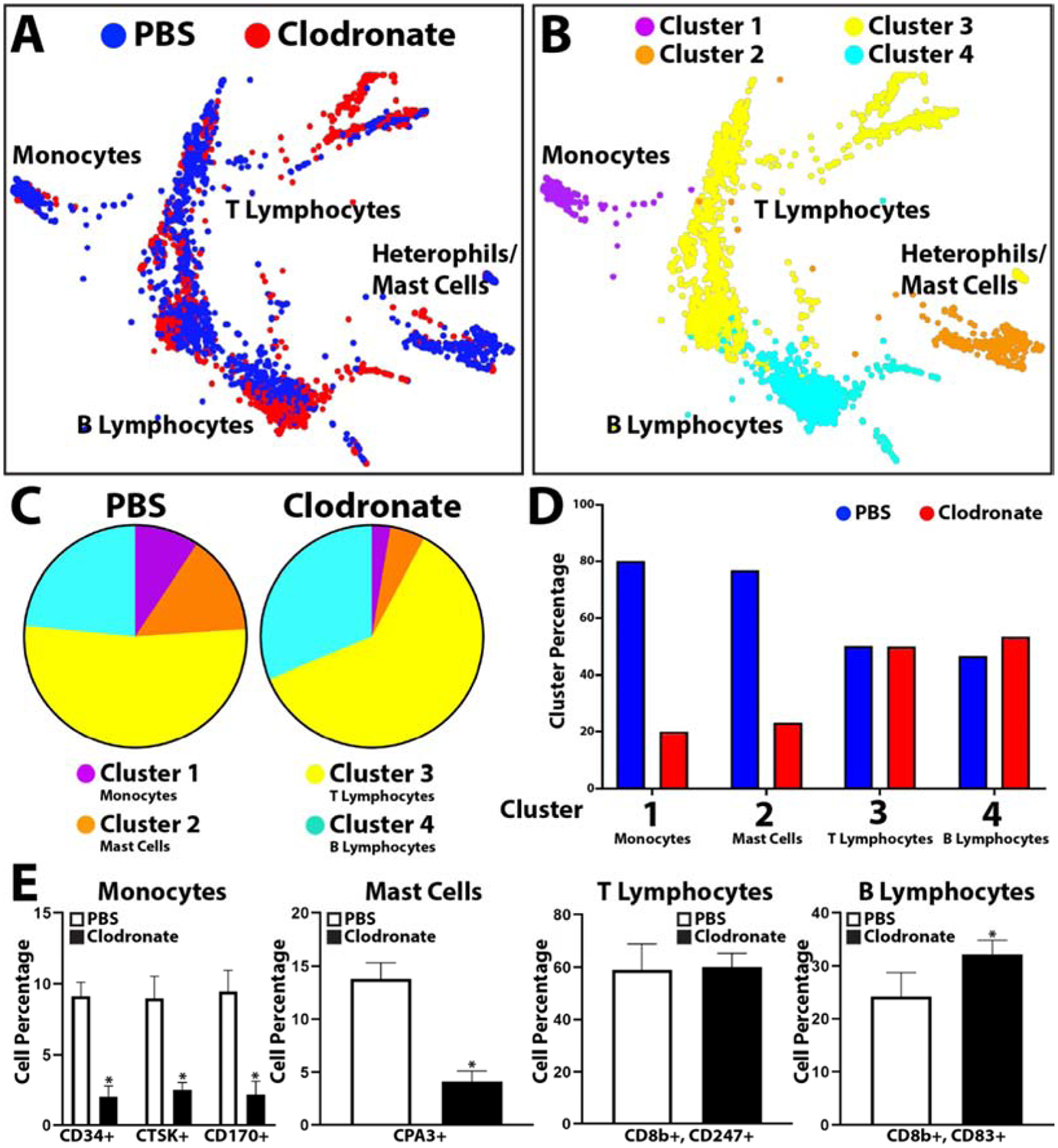Figure 6: scRNAseq analysis of the effects of clodronate liposome treatment on lizard blood cell populations.

(A, B) TSNE plots of peripheral blood cells collected 3 DPA from lizards treated with PBS or clodronate liposomes labeled by (A) sample and (B) cluster. (C) Pie charts comparing relative cell cluster contributions of lizard PBS and clodronate liposome blood cell samples. (D) Histogram comparing cluster sizes between PBS and clodronate blood samples. (E) Histograms depicting the effects of tail amputation injury on cell levels that immunostained positive for monocyte, mast cell, T lymphocyte, and B lymphocyte markers. Contribution percentages of each immunostained population to the total number or peripheral blood cells are presented separately for PBS liposome and clodronate liposome samples (i.e. From the monocyte histogram, ~8.8% of blood cells immunostained positive for CD34 in PBS liposome blood samples, while ~1.8% of blood cells are positive for CD34 expression in clodronate liposome samples.) N=5. * p<0.01, compared to Uninjured condition.
